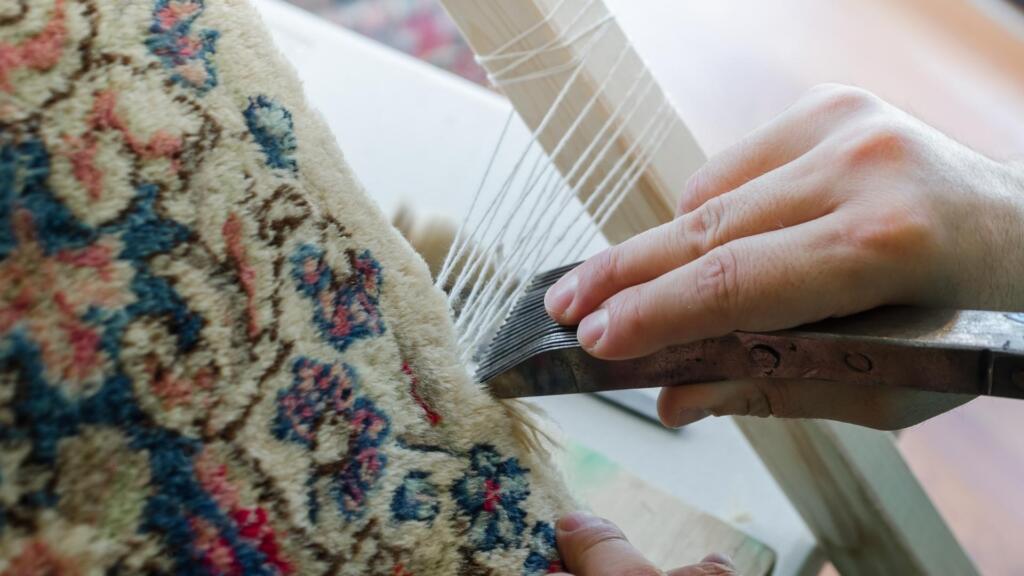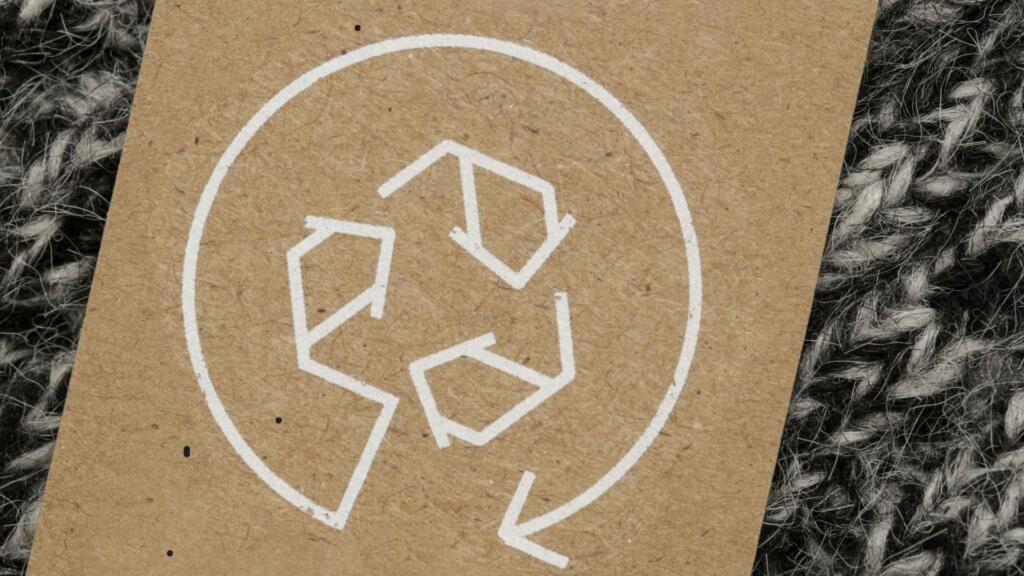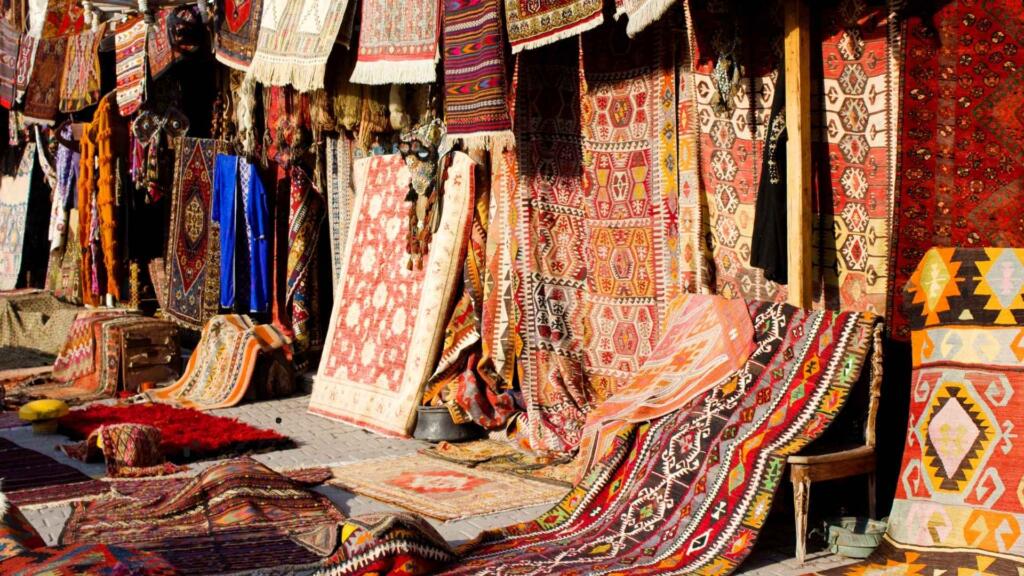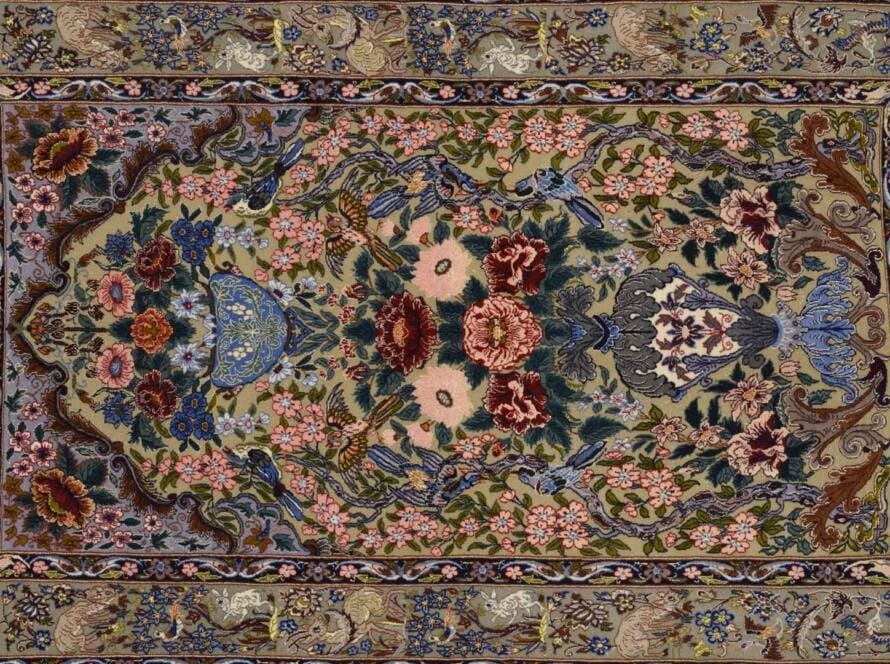
Sustainability is more than just a trend—it’s becoming a necessity in every industry, including rug manufacturing. As the world becomes more aware of environmental issues, businesses are finding ways to reduce their carbon footprint, conserve resources, and adopt eco-friendly practices. For rug manufacturers, this shift involves using sustainable materials, energy-efficient processes, and ethical labor practices. This article will dive deep into how the rug industry is transforming and what sustainable practices are driving its future.
Shivalika Rugs Adhering to Manufacturing Process
At Shivalika Rugs, sustainability is at the core of our manufacturing process. We are deeply committed to minimizing our environmental impact while producing high-quality, beautiful rugs that last. We have 143 stitching machines and 6 digital printing machines. Our sustainable practices begin with sourcing eco-friendly materials like natural wool, jute, cotton, and recycled fibers. These materials are not only renewable but also biodegradable, reducing the carbon footprint of our products.
Our production processes emphasize energy efficiency and waste reduction. We use traditional hand-weaving techniques, which consume less energy than machine-made alternatives and support local artisan communities. In addition, we ensure that our dyes are non-toxic and free from harmful chemicals, prioritizing the health of our workers and the environment.
We have prominent certifications like BSCI, GOTS, OEKO-TEX, Good Weave, ISO 9001: 2005, Sedex, etc.
1. Eco-Friendly Materials

One of the most significant changes in rug manufacturing is the shift toward using environmentally friendly materials. Traditional rugs are often made from synthetic fibers like nylon, polyester, and polypropylene, which are petroleum-based and not biodegradable. These materials contribute to landfill waste and pollution. Fortunately, many rug manufacturers are moving towards natural and recycled materials to reduce environmental impact.
- Natural Fibers: Materials such as wool, cotton, jute, and sisal are increasingly used for eco-friendly rugs. Wool is renewable, biodegradable, and naturally flame-resistant, making it a popular choice. Similarly, jute and sisal are fast-growing plants that require minimal pesticides and fertilizers.
- Recycled Materials: Manufacturers are now using recycled plastic bottles (PET), discarded fishing nets, and even old rugs to create new, sustainable rugs. This reduces waste and conserves resources. For example, recycled PET is turned into fibers that mimic wool or synthetic fibers in durability and appearance but are much more eco-friendly.
According to a 2022 report by Textile Exchange, the use of recycled fibers in textiles grew by 40% between 2018 and 2022. In the rug industry specifically, recycled PET rugs make up around 10% of the global market, a number that continues to rise annually.
2. Energy-Efficient Manufacturing Processes

Manufacturing rugs can be energy-intensive, particularly in the dyeing and finishing stages. To combat this, rug manufacturers are adopting more energy-efficient processes to reduce their carbon emissions. This not only helps the environment but also reduces operational costs.
- Low-Impact Dyes: Traditional rug dyes are often synthetic and chemical-heavy, leading to pollution in water sources. Many manufacturers are switching to low-impact, natural, or plant-based dyes, which require less water and energy and produce less wastewater.
- Water Conservation Techniques: Water is a critical resource in rug production, especially during the dyeing process. New technologies such as water recycling systems and dry dyeing processes allow manufacturers to significantly reduce water usage. Dry dyeing can cut water consumption by up to 80%, a crucial step for manufacturers in areas facing water scarcity.
- Renewable Energy: Some rug manufacturers are investing in renewable energy sources such as solar and wind power to run their factories. This helps reduce reliance on fossil fuels and cuts down greenhouse gas emissions.
According to a report by the International Energy Agency (IEA), the textile industry, including rug manufacturing, accounted for 6% of global industrial energy use in 2020. The adoption of energy-efficient processes could reduce this by up to 40% by 2030.
3. Waste Reduction and Recycling

Waste reduction is a key goal for sustainable rug manufacturing. From production waste to end-of-life disposal, manufacturers are finding ways to minimize the environmental impact of their products.
- Zero-Waste Production: Some rug manufacturers are adopting zero-waste policies, where all scraps and leftover materials are reused or recycled. This includes recycling fibers, using scraps to make smaller rugs or other products, and turning waste into energy through advanced technologies like biomass conversion.
- End-of-Life Recycling: A significant challenge in rug sustainability is dealing with old or discarded rugs. Traditionally, most rugs end up in landfills, where they take hundreds of years to decompose. Today, several manufacturers are offering take-back programs that allow customers to return their old rugs to be recycled into new products. This closed-loop system ensures that rugs don’t end up in landfills.
The U.S. Environmental Protection Agency (EPA) reports that in 2020, approximately 5 billion pounds of carpet and rugs were discarded in landfills. However, with the rise of recycling initiatives, an estimated 15% of this waste was recycled or repurposed.
4. Ethical Labor Practices and Fair Trade

Sustainability isn’t just about materials and energy—it’s also about people. The rug industry has long been associated with labor issues, particularly in countries where child labor and unfair wages are common. Sustainable rug manufacturers are addressing these issues by adopting fair trade practices and ensuring ethical labor conditions.
- Fair Trade Certification: Many manufacturers are seeking fair trade certification, which ensures that workers are paid fairly, work in safe conditions, and have access to social benefits like education and healthcare. This certification also ensures that no child labor is involved in the production process.
- Handmade and Artisan Rugs: Some companies are supporting local artisans and traditional rug-making communities by sourcing handmade rugs. These initiatives not only provide income for artisans but also help preserve cultural heritage and traditional craftsmanship.
According to Fair Trade USA, products certified as fair trade, including rugs, saw a 30% increase in sales between 2019 and 2021. This reflects the growing consumer demand for ethically produced goods.
5. Consumer Awareness and Demand for Sustainable Rugs

Consumer awareness of sustainability has skyrocketed in recent years, driving demand for eco-friendly products across all industries, including home décor and rugs. Today’s consumers are more informed and are actively seeking out sustainable options, forcing manufacturers to adapt.
- Eco-Certifications: Certifications such as Green Label Plus, Global Organic Textile Standard (GOTS), and Cradle to Cradle Certified are becoming essential markers for consumers who want to ensure they are purchasing sustainably made rugs. These certifications guarantee that a rug has met rigorous environmental and health standards, from materials to manufacturing processes.
- Transparency: Companies are also becoming more transparent about their supply chains and production practices. Many are offering detailed information about the materials used, where they are sourced, and the conditions in which the rugs are made. This transparency builds trust with eco-conscious consumers.
A 2021 survey by Nielsen found that 73% of global consumers are willing to change their consumption habits to reduce their environmental impact, and 57% say they would pay more for sustainable products.
Conclusion
Sustainability in rug manufacturing is not just an option—it’s the future. From using eco-friendly materials and adopting energy-efficient processes to reducing waste and promoting ethical labor, the industry is undergoing a significant transformation. Consumers are driving this change, demanding more transparency and eco-conscious options in home décor. As sustainable practices continue to evolve, the future of rug manufacturing looks greener than ever.
References:
- Textile Exchange Report 2022
- International Energy Agency (IEA)
- U.S. Environmental Protection Agency (EPA)
- Fair Trade USA
- Nielsen Survey 2021




